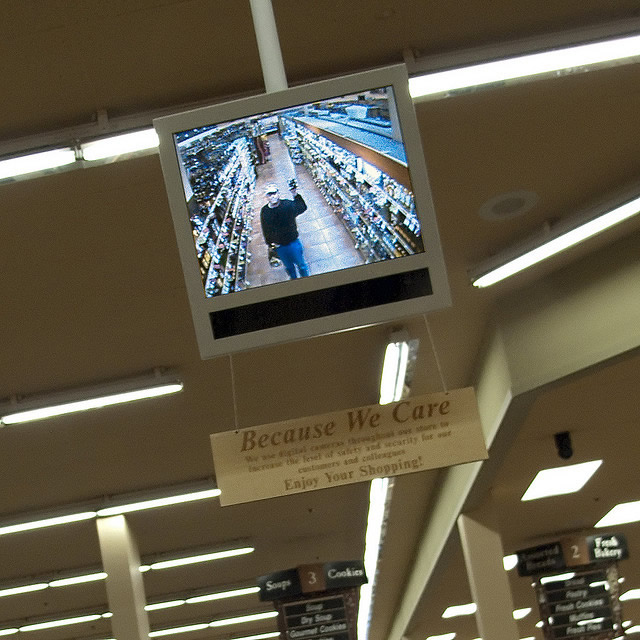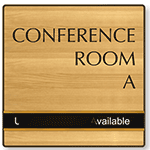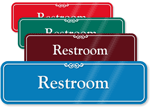Smile, you’re on camera: How being filmed affects employees
Ever feel like you’re being watched at work? Being filmed might do more than provide a record of employee behavior, reports the Huffington Post: Cameras can actually change employee behavior. “The most significant impact of bodycams, taxi-cams, and the like is not reliving the past but, rather, changing behavior in the present. We act differently when we know we’re on camera,” explains Ethan Bernstein, an Assistant Professor of Leadership and Organizational Behavior at the Harvard Business School.
A camera, especially a one-way camera, is not an “all-seeing, neutral observer,” but instead affects quantifiable change on those who are aware they are being recorded. In fact, behavior may improve when people know that they are being filmed. One study with the Rialto Police Department in California, for example, found that “incidents occurring during shifts without cameras were twice as likely to result in the use of force.” When police officers donned cameras, all physical contact was first “initiated” by a civilian, not an officer. When officers wore cameras, 24 percent of physical contact originated with the officers.

Employee surveillance can encourage better behavior. From Robert Couse-Baker.
What about everyday workers? Another study analyzed restaurant worker behavior at nearly 400 U.S. restaurants. It found that “technology-based monitoring” led to a decrease in employee theft by 22 percent. Plus, the impact of the monitoring increased over time, with theft dropping $7 weekly during the first month, and $48 weekly by the third month of the study.
Aside from a drop in negative behavior, however, the monitoring system in this case also led to some positive productivity boosts: Total check revenue jumped by 7 percent, or nearly $3,000 weekly, while total drink revenue increased by 10.5 percent, or $927 weekly. Tips also increased, by .3 percent. According to the researchers, as it became more difficult to steal funds, employees focused on “increasing sales and customer service in order to regain some of that loss.”
As Bernstein notes, the main function of camera surveillance should be on promoting good behavior, rather than monitoring the bad. Another study suggests this is true: It discovered that dining hall customers noticed positive employee behavior and also valued the service more when they were able to watch workers working, via iPad-accessible video software. Interestingly, employees reported feeling more appreciated and, as a result, “exerted greater effort,” such as by improving delivery time, when they were offered a view of their customers.
Of course, excluding privacy concerns, there are downsides to such surveillance. Innovation can be stifled when employees are so closely monitored. In factory production work, for example, where employees are constantly monitored, “workers are likely to do only what is expected of them, slavishly adhering to even the most picayune protocols.” They may stop or “hide fruitful time-saving and cross-training experiments” in order to prevent being caught for not following strict rules. That leaves little room for creativity.
So, what’s the solution? A goal of productivity-focused monitoring, rather than punitive-minded surveillance, is key if employers want to encourage honesty without sapping innovation. Bernstein explains, “unless [transparency is] mitigated with zones of privacy — areas where workers can receive developmental coaching, as the truck drivers do, without getting dinged for mistakes that generate learning— it may actually be counterproductive.”
Category: New Products, Office courtesy















